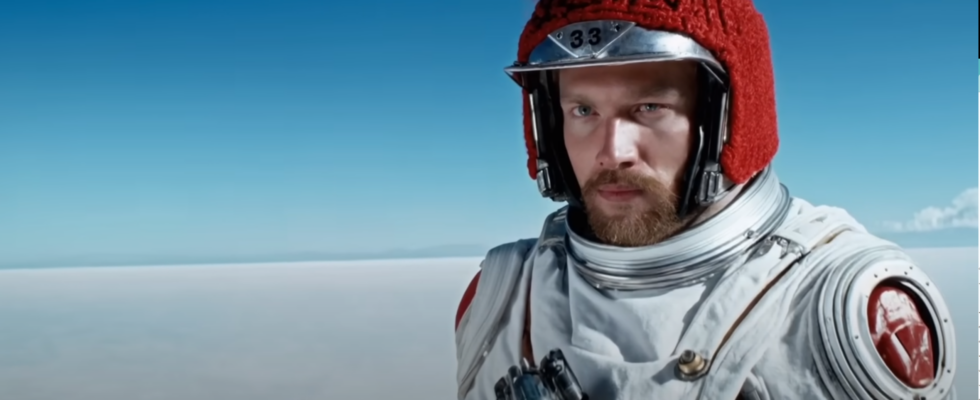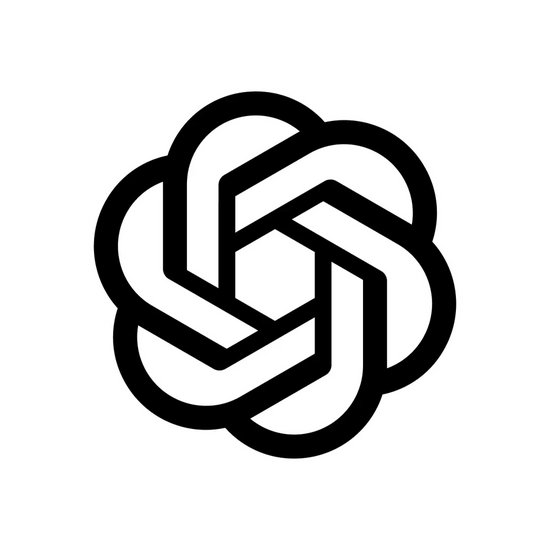Barely unveiled, Sora, the video generative AI created by OpenAI, fascinates as much as it worries. Some already believe it has great potential in the propagation of disinformation.
A few days ago, OpenAI once again showed how significantly ahead it is when it comes to AI. After the surge of ChatGPT, will we experience a new tidal wave caused by Sora, their new AI system capable of transforming text descriptions into videos? 2024 is a pivotal year when many elections will take place across the planet. In this context, the use of a tool as powerful as Sora in the development of deepfakes is a possibility that should not be underestimated.
Sora: promises and perils
The videos generated by Sora, although imperfect, are already striking. While some would have required several hours of work for animators, VFX artists or motion designers, Sora is capable of generating 60-second videos quickly from a simple sentence. This is a considerable technological advance. For Rachel Tobac, co-founder of SocialProof Security, the gap between what this new tool is capable of producing and what was done before in terms of credibility is immense.
To achieve such a result, Sora combines two AI technologies. It relies firstly on diffusion models, such as DALL-E. This allows it to arrange random pixels into sharp images. Then, it relies on another technology, called “ transform architecture » which orders these images into coherent sequences.
Impressive capabilities, which are already causing concern. Hany Farid of the University of California at Berkeley explains: “ As with other methods in generative AI, there is no reason to believe that text-to-video conversion will not continue to improve rapidly, bringing us ever closer to a time when it will be difficult to differentiate between fake and real. “. He keeps on : ”
This technology, if combined with AI-powered voice cloning, could open up a whole new realm of possibilities in creating deepfakes showing people saying and doing things that never happened “.
OpenAI has not yet made Sora publicly available. For now, she is putting the model to the test to assess its potential for misuse. According to an OpenAI spokesperson, the group carrying out this analysis is made up of “ experts in areas such as misinformation, hateful content and bias “.
Towards a strengthened regulatory framework
The potential impact of a tool as powerful as Sora on the spread of misinformation is real. The videos generated, as imperfect as they are, remain beyond anything that existed until then. Let’s not forget that Sora is only at the beginning of his existence and could evolve as quickly as Midjourney did. It is quite possible that one day these videos will be completely indistinguishable from reality.
What do we have left to avoid this pitfall? This may sound a bit utopian, but apart from close collaboration between governments, AI companies and social networks, not much. Mechanisms such as “watermarks” (watermark proving that content was generated by AI) can also be considered. Given the scale of the challenge, will this be enough?
Download
- Text-to-video
- Very realistic short videos
- Generative AI from Open AI
Sora has a simple goal: to take the principle of ChatGPT and Dall-E to extend it to videos. If the concept was until now not very effective, with unimpressive video results, the Open AI tool offers much more interesting precision in rendering, with in particular the possibility of controlling the movements of the camera, the rendering of objects present, etc.
Sora has a simple goal: to take the principle of ChatGPT and Dall-E to extend it to videos. If the concept was until now not very effective, with unimpressive video results, the Open AI tool offers much more interesting precision in rendering, with in particular the possibility of controlling the movements of the camera, the rendering of objects present, etc.
Source : New Scientist


7